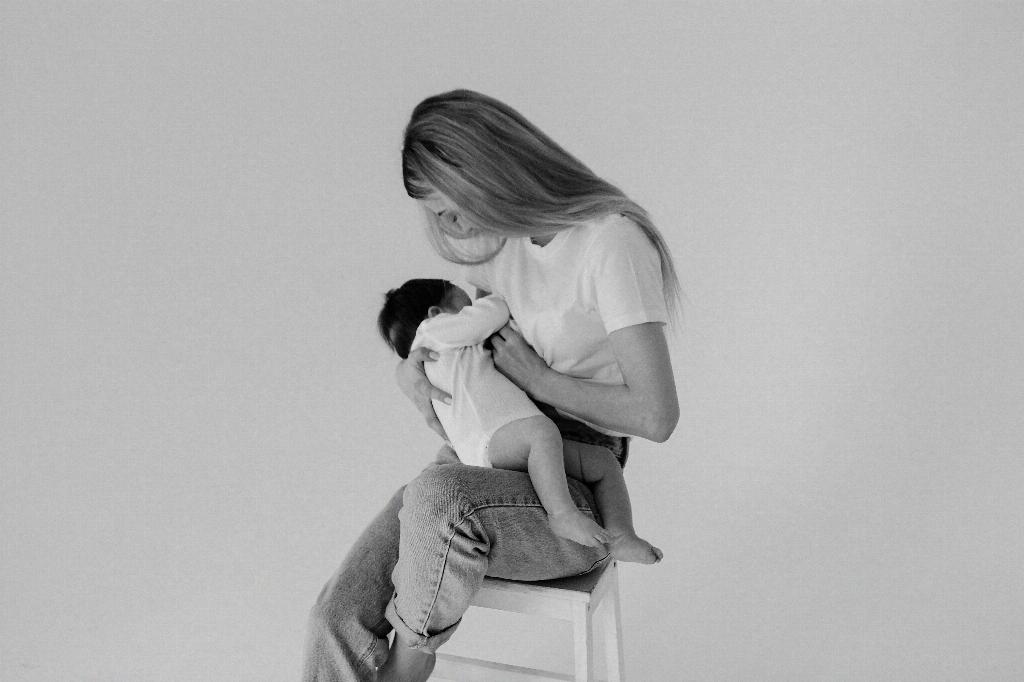When it comes to the noble act of plasma donation, there are certain criteria and guidelines in place to ensure the safety of both the donor and the recipient. One common rule that stands out is the requirement for individuals to wait a specified period after childbirth before they can donate plasma. This waiting period typically spans six months post-partum.
Physiological Changes During Pregnancy
Pregnancy is a time of significant physiological changes in a woman’s body. The body adapts to support the growing fetus, leading to an increased demand for vital nutrients such as iron and red blood cells. These nutrients are crucial for the development of the baby and the overall health of the mother.
Recovery Period After Childbirth
Childbirth is a physically demanding process that takes a toll on the body. During the post-partum period, the body undergoes a gradual process of recovery and healing. It is essential to give the body ample time to recuperate and replenish its nutrient stores before engaging in activities like plasma donation.
Risk of Anemia
One of the key reasons behind the six-month wait period for plasma donation after childbirth is to prevent the risk of anemia. Anemia is a condition characterized by a deficiency of red blood cells or hemoglobin in the blood, leading to symptoms such as fatigue, weakness, and dizziness.
Ensuring Donor Safety
By imposing a waiting period after childbirth, blood banks and donation centers aim to prioritize the safety and well-being of the potential donors. It is crucial to safeguard the health of the donors and ensure that they are in optimal condition to donate plasma without risking any adverse effects on their own health.
Impact on Breastfeeding
For women who choose to breastfeed their infants, the six-month wait period also considers the nutritional needs of the baby. Donating plasma immediately after childbirth can potentially affect the quality and quantity of breast milk, which is vital for the infant’s growth and development.
Rebuilding Nutrient Stores
During pregnancy and lactation, women’s bodies undergo significant changes to meet the demands of both the mother and the growing baby. The six-month waiting period allows the body to focus on rebuilding its nutrient stores and restoring its overall health before embarking on the process of plasma donation.
Ensuring Adequate Hemoglobin Levels
Hemoglobin plays a crucial role in the body’s ability to transport oxygen to various tissues and organs. After childbirth, it is essential for women to ensure that their hemoglobin levels are within the healthy range before engaging in activities that may further impact their blood composition, such as plasma donation.
Consultation with Healthcare Providers
Women who have recently given birth are advised to consult with their healthcare providers before considering plasma donation. Healthcare professionals can assess their overall health status, review their medical history, and provide personalized guidance on when it is safe to resume donation activities.
Priority on Maternal Health
Ultimately, the six-month wait period for plasma donation post-childbirth underscores the importance of prioritizing maternal health and well-being. It serves as a precautionary measure to ensure that women have adequate time to recover, replenish their nutrient stores, and focus on the needs of their newborn before engaging in donation activities.
Final Thoughts
In conclusion, the six-month wait period for plasma donation after childbirth is a vital safety measure that considers the physiological changes, recovery process, and nutritional needs of women post-partum. By adhering to this guideline, both donors and recipients can rest assured that the donation process is carried out in a manner that prioritizes health, safety, and well-being for all individuals involved.

